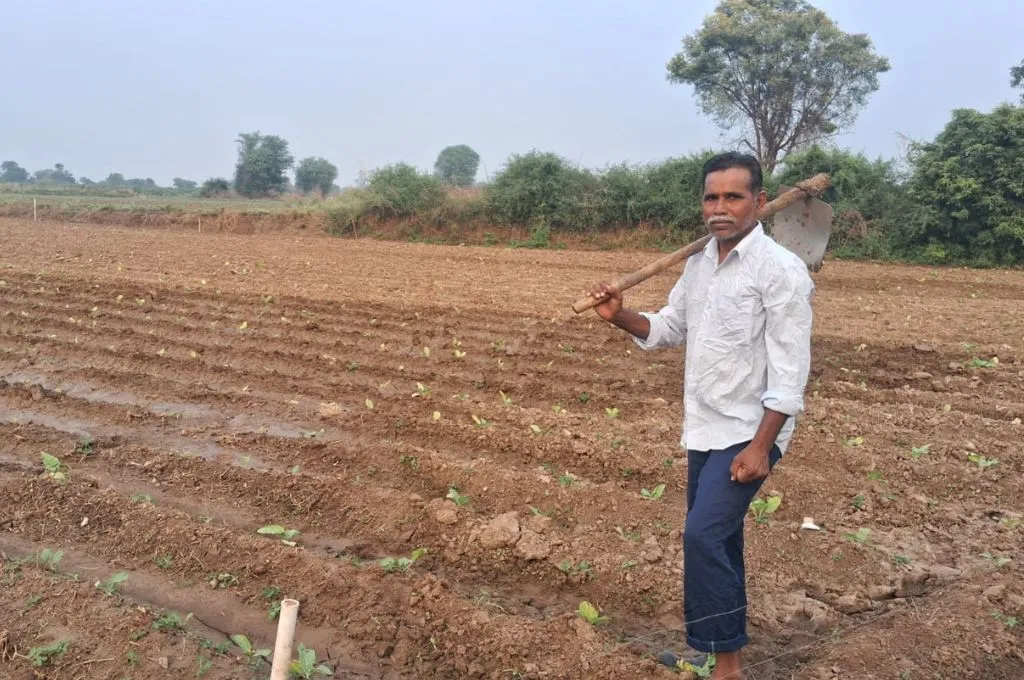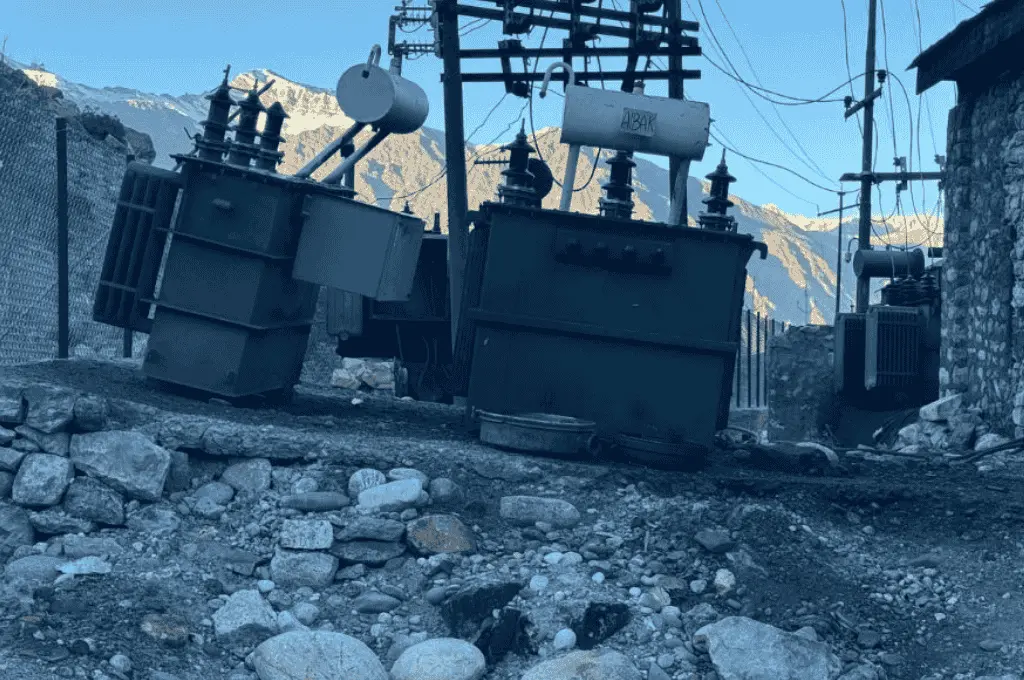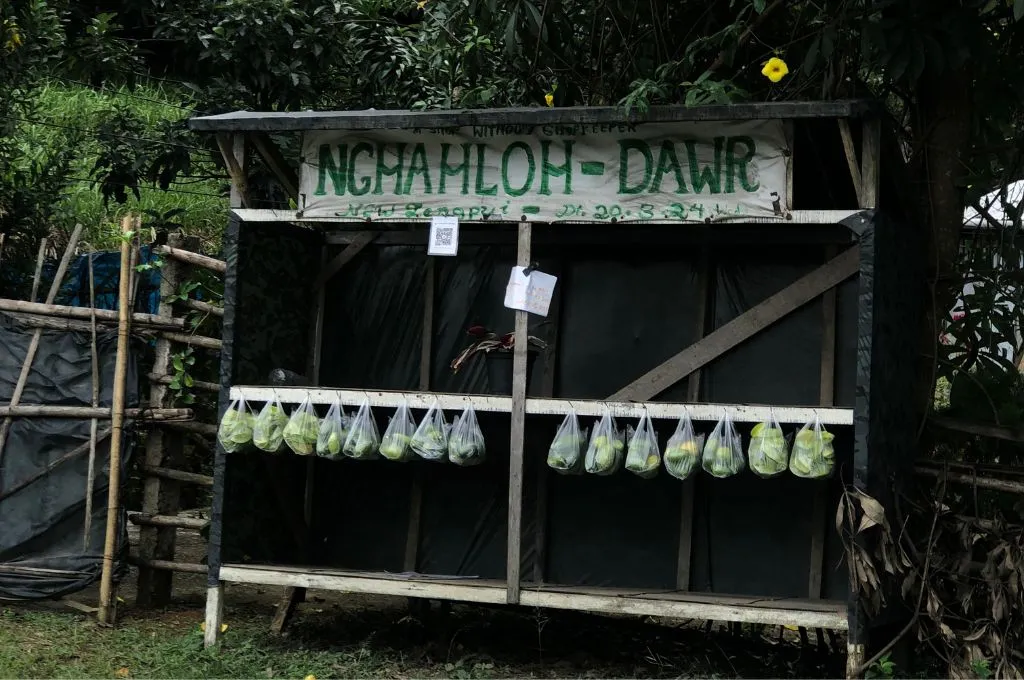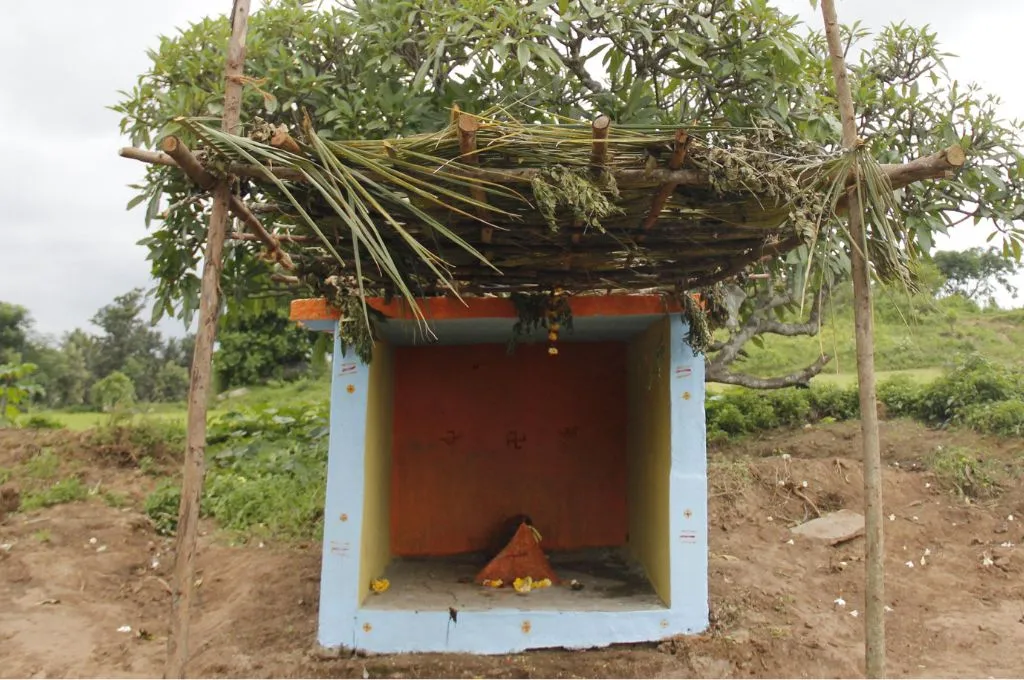Vaccines in a vacuum
Geeta Rani* is an ASHA worker in Haryana’s Sonipat district. For more than a year now, ASHA workers like Geeta have not been able to carry out their regular responsibilities, such as monitoring pregnant women and newborns, as their role has expanded to respond to COVID-19 in their communities.
During the second wave, many people in Geeta’s village contracted COVID-19 and she was responsible for visiting them twice daily to check their body temperature and oxygen saturation levels. She had never used an oximeter before, and asked the ASHA coordinators to teach her and other ASHA workers in her area.
However, Geeta notes that ASHA workers haven’t received adequate protection or training to respond to the pandemic. She says, “The government has not trained us adequately. We are expected to create awareness about vaccination and other safety measures, but we can only do this properly if we have been trained ourselves. We have not been informed about how long it will take people to develop immunity once they have taken the vaccine. People ask us questions about this, but unless we are fully informed, we cannot communicate confidently with our community.
There are also many myths and misconceptions about COVID-19 vaccines. Some people have heard that they will die if they get vaccinated. Others think that the vaccination programme is actually a population control measure.
Training will give us the information we need to communicate confidently with our community members, help them overcome their hesitation, and increase the rate of vaccination.
Now that people have Android phones (smartphones), the government and some organisations send animated videos to create awareness about COVID-19. But these messages do not reach everyone. In my community, each family has five family members on average and only one of them has a phone. That person is usually the man in the household. Women don’t always have access to the phone, so how will they see these videos? We (ASHA workers) can play a much more effective role. We go door-to-door and meet people face-to-face to spread awareness. That kind of communication is much more effective and the government must invest in training us so that we can do our job effectively.”
*Name changed to maintain confidentiality.
Sneha leads content development and curation at IDR. This story is reconstructed from a conversation with Geeta Rani.
—
Know more: Read about how India’s vaccine rollout strategy can reach more women.



